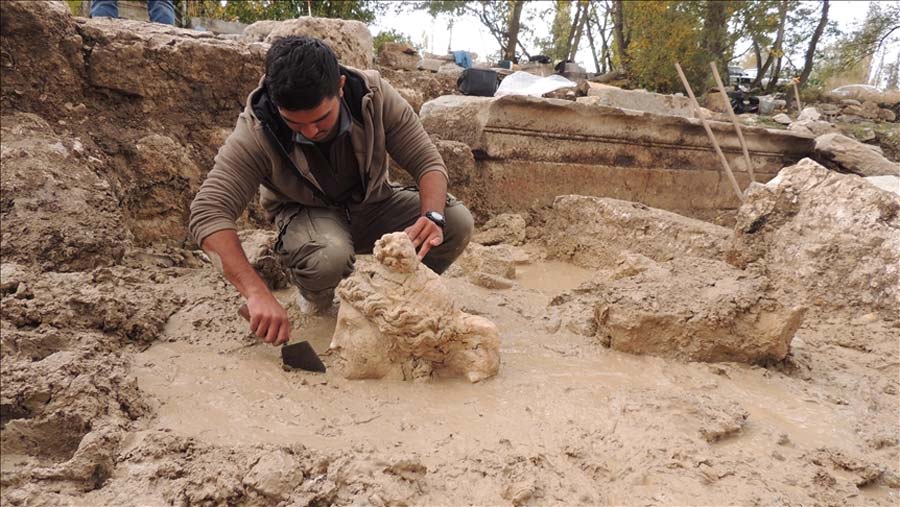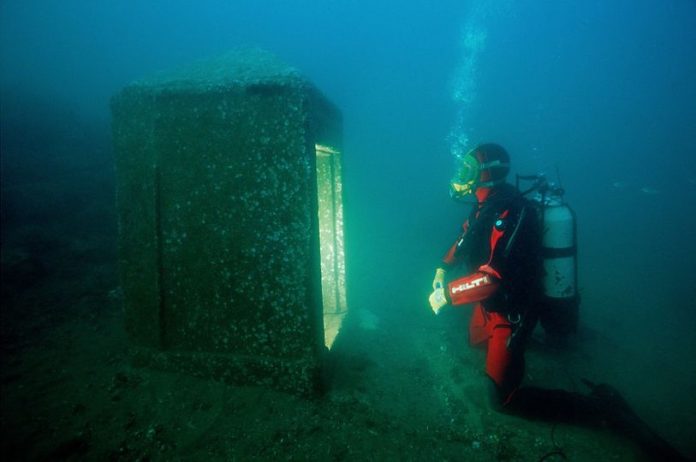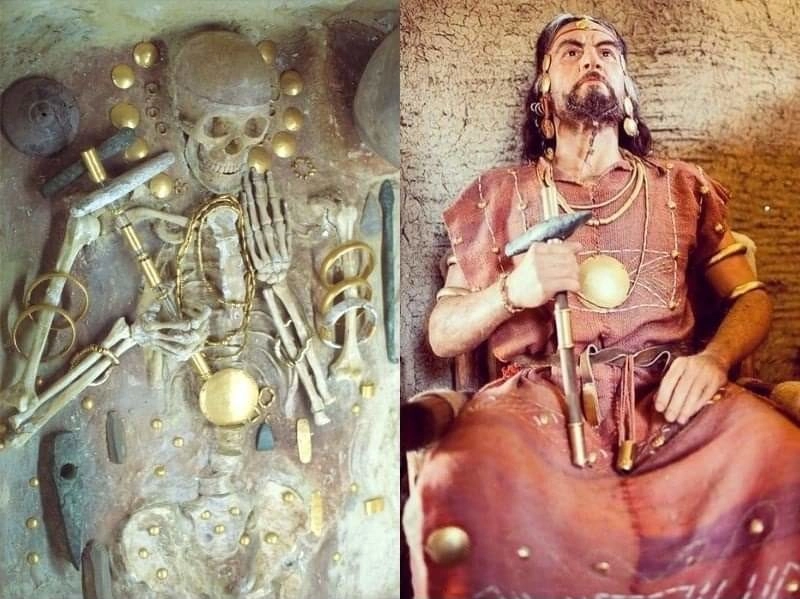March 5, 2000 San Lorenzo Texmelúcan, Oaxaca, Mexico Population: 200. Nearest hospital: 80 kilometers of unpaved mountain road.
Inés Ramírez Pérez was 40 years old, illiterate, and eight times a mother. She spoke only Chinantec, not Spanish. She had buried three infants before their first birthdays. On this night, she would not bury a fourth.
Labor began at dusk. The baby was breech. The placenta had detached. Blood pooled beneath her on the packed-earth floor. Her husband was drunk in a neighboring village. The nearest midwife was hours away. There was no phone, no vehicle, no electricity beyond a flickering kerosene lamp.
Inés knew the calculus of death in the Sierra Madre. She had seen it before.
So she chose the impossible.

The Tools
- One 15-centimeter kitchen knife (used for butchering goats)
- One cup of mezcal (for sterilization)
- One darning needle and household thread
- One wooden bench
- One mother’s will
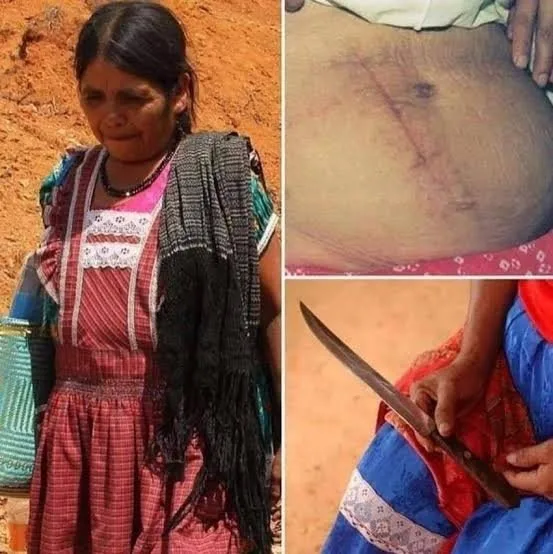
The Procedure
She sat. She drank. She cut.
Incision 1 – Skin and subcutaneous fat, midline, navel to pubis. Incision 2 – Rectus abdominis muscle, parted by hand. Incision 3 – Peritoneum, torn open with fingers. Incision 4 – Uterus, transverse, low segment.
No mirror. No assistant. No anesthesia.
She worked by touch and memory—memory of the goats she had gutted, memory of the babies she had lost. Blood soaked her huipil. She pressed a rag to the wound between strokes and kept cutting.
At 57 minutes, she felt the baby’s foot. She dropped the knife, reached inside, and pulled.
Orlando Ruiz Ramírez emerged at 1:00 a.m.—a boy, 2.6 kg, Apgar unknown but crying.
Inés severed the cord with the same blade, wrapped the infant in a rebozo, and stitched her own abdomen with 12 uneven sutures. Then she collapsed.
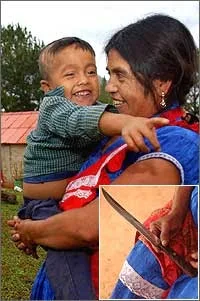
The Aftermath
Her 11-year-old son ran barefoot through the night to summon help. A health auxiliary arrived at dawn, found mother and child alive, and transported them eight hours by mule and pickup to the closest clinic in Chalcatongo.
The receiving obstetrician, Dr. José Luis Cortés, later wrote:
“The incision was textbook. I have never seen a cleaner cesarean—performed in darkness, with a kitchen knife, by a woman who had never held a scalpel.”
Inés recovered in 10 days. Orlando thrived.
The Documentation
The case was published in the International Journal of Gynecology & Obstetrics (April 2004) under the title “Self-inflicted caesarean section with maternal and fetal survival.” It remains the only verified instance in medical literature.

The Woman
Inés refused interviews for four years. When she finally spoke to The New York Times in 2004, she said:
“I am not a doctor. I am a mother. I did what I had to do.”
She still lives in the same adobe house. She still speaks Chinantec. She still tends her goats. The knife is displayed at the National Institute of Perinatology in Mexico City.
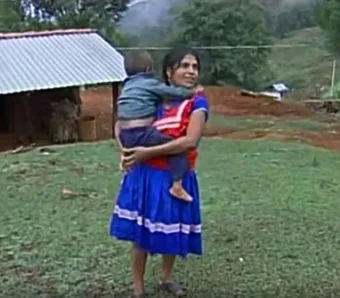
The Legacy
Orlando is 25 now. He bears a faint scar on his lower abdomen—his mother’s signature.
Inés Ramírez Pérez did not rewrite medical textbooks. She rewrote the definition of possible.
This is not a miracle. This is not folklore.
This is a mother who refused to let her child die—and carved a door through her own body to prove it.
A mother’s love just rewrote the limits of human endurance.


